MARLIN DIY
It is the time of the year that gamefisher across the New Zealand look forward to all winter long- the warm water is making its way towards the country, bringing with it the annual pelagic visitors to our shore that many anglers regard as their favourite fish to target: marlin
Words & Images by Ben Brown
PART 1
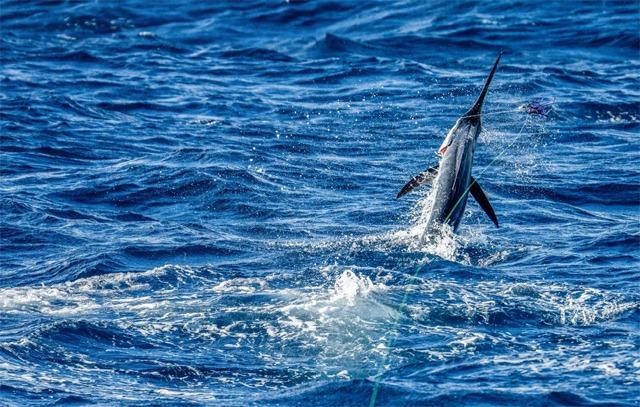
Much of your preparation can start long before the first marlin arrives and could be the difference between landing the fish of a lifetime or the sorry state of being relegated to ‘the one that got away’..
New Zealand is home to three species of marlin during our warmer months – black marlin, blue marlin and striped marlin. Black marlin are predominantly caught on livebaits and dead baits as opposed to lures, and are regarded as a rare catch in New Zealand waters. This is due to several factors including the fact that they are often not specifically targeted by NZ gamefishers and don’t always tend to inhabit the same locations as the more common blue and striped marlin. Despite their lower numbers, New Zealand has produced some incredible black marlin catches including an incredible 464.5 kg model caught by angler Ross Tuydor from the vessel Raptor fishing off the Cavalli Islands in December last year.
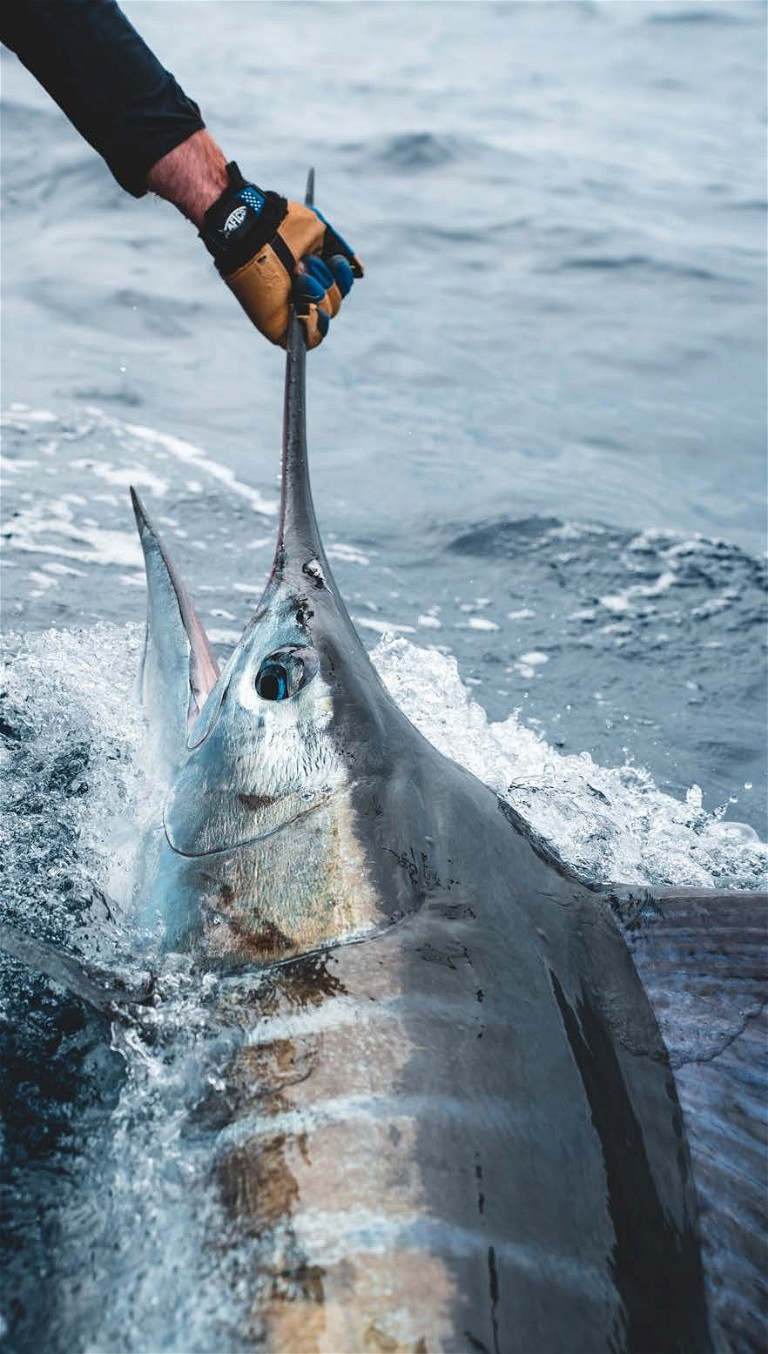
While New Zealand waters can boast some of the largest blue marlin ever caught, including Lynda Randrup’s 60kg line class Women’s World Record of 492.4kg caught off Waihau Bay in 2020, they are also a relatively rare catch in New Zealand – making up about 5% of the total tagged billfish in NZ over the past 10 seasons.
Most marlin catches in New Zealand are striped marlin, and the good news is, New Zealand is home to the largest striped marlin in the world – with 20 of the 22 International Game Fish Association (IGFA) striped marlin line class world records being held by anglers in New Zealand, including the all-tackle world records for both men and women.
The two most popular methods for catching marlin in New Zealand are lure fishing and livebaiting, but for the purposes of this article we are going to concentrate on lure fishing from trailer boats because of its increased popularity over the past few seasons and because this is where the majority of my experience lies. The gear and techniques discussed can be applied to both striped and blue marlin (and to a lesser extent black marlin). Like most things in fishing, there are rarely right ways and wrong ways, just different ways. What I’ll share with you is what has worked for me, and what I have learned over the past few seasons while chasing these magnificent fish.
Preparation
The old British Army adage of ‘The 7 P’s’ is very appropriate here: ‘Proper Planning and Preparation Prevents Piss-Poor Performance’. Much of your preparation can start long before the first marlin arrives, and could be the difference between landing the fish of a lifetime or being relegated to the pile of ‘the one that got away’ stories. Trust me, there is nothing worse than losing a fish due to gear failure.
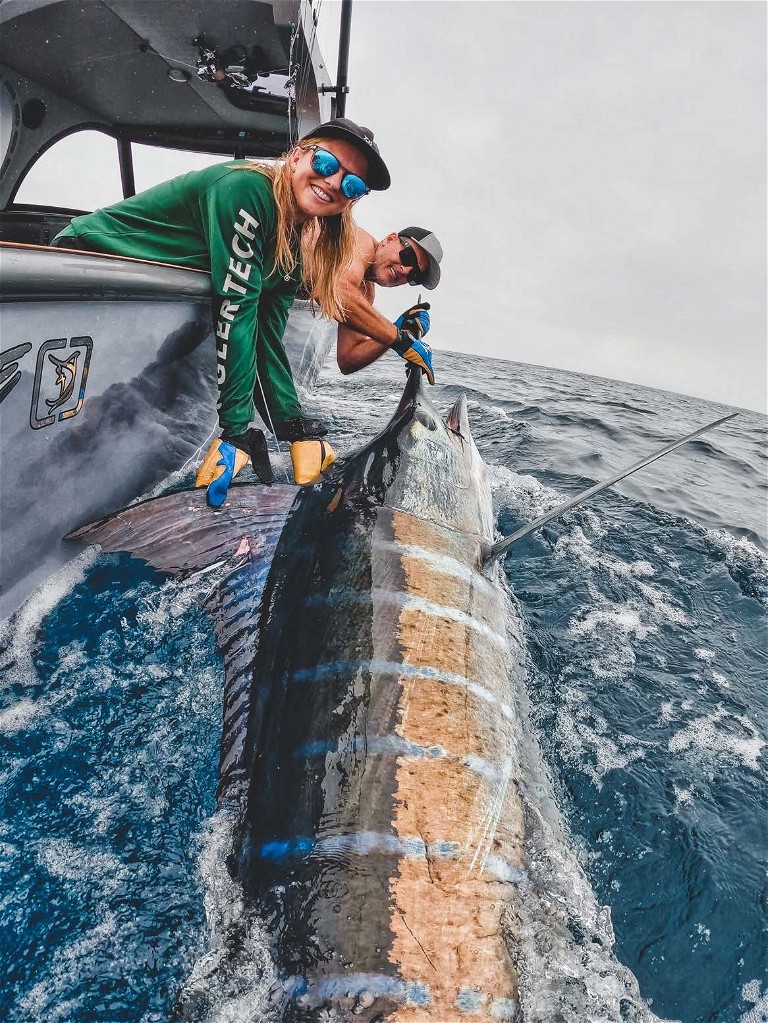
Most marlin catches in New Zealand are striped marlin, and the good news is, New Zealand is home to the largest striped marlin in the world.
Every year it is worth having your game reels serviced. This is a relatively inexpensive exercise when compared to the cost of the reels themselves, and it is a vital piece of the puzzle. It will ensure smooth drags, a properly functioning reel and of course will extend the working life of your valuable investment. If you haven’t had your reels serviced, do it now - don’t wait until the season has started, or even worse, when you have had a malfunction.
On all my game reels I am running 80lb (37kg) hollow braid with around 75 metres of 37kg mono top-shot. This is for several reasons: firstly, it increases the amount of line I can fit on my reels, due to the smaller diameter of the braid. This means I can use smaller reels which are more conducive to stand-up fishing. Secondly, the smaller diameter of the braid also means it has less drag in the water which makes chasing fish easier. We’ll discuss this further later in the series.
The mono top-shot gives me a section of line with good stretch (reducing the amount of strain on the angler), and good abrasion resistance at the business end, where fish and boats often inadvertently contact the line. Hollow braid has a good lifespan and can be left on your reels for several seasons, whereas mono should be replaced every season. The beauty of top-shotting is that they can be quickly and cheaply replaced at the start of every season or after damage has occurred. So, another job to add to your pre-season checklist is to replace your top-shots; this will give you an opportunity to redo all your plaited doubles as well.

On all Ben’s game reels, he runs 80lb (37kg) hollow braid with around 75 metres of 37kg mono top-shot and 250lb wind-on leaders.
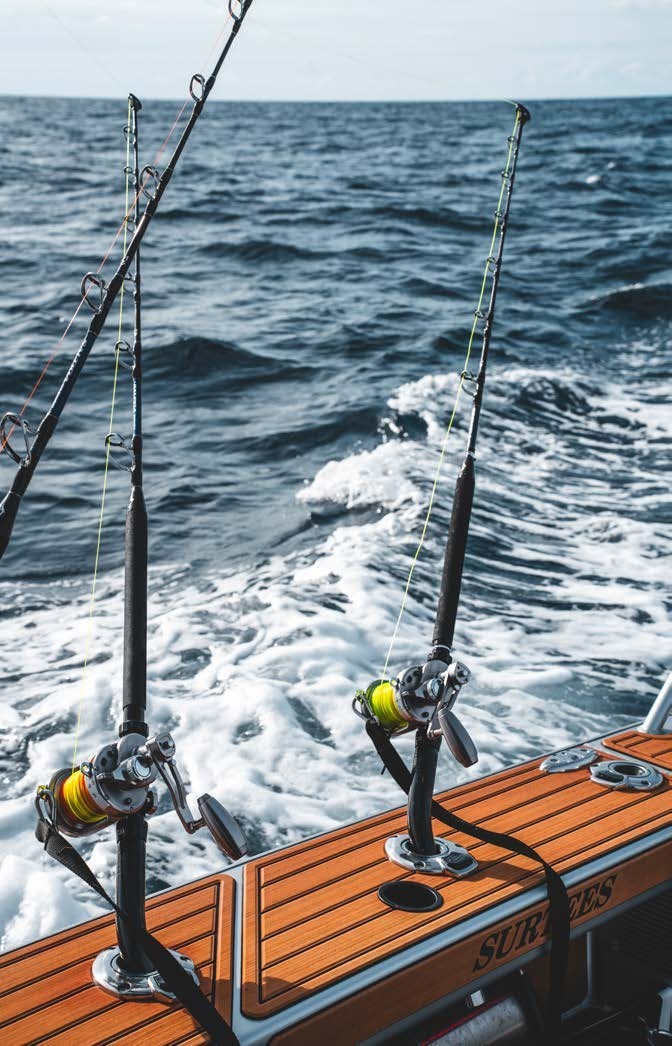
Below: Ben prefers to use rods with silicon carbide guides and only a roller tip, meaning he just has to check and maintain a single roller on each rod and fewer parts can fail.
I’m running 250lb wind-on leaders for all my game fishing in NZ. This is a personal preference of mine and while the leaders are certainly on the light side, I find that they get a lot of bites and have accounted for several fish over the 200kg mark. As a rule, I won’t necessarily replace my wind-ons at the start of every season, however, I will check them over for wear and tear and will re-crimp the snap swivels to the end of them. I always replace my wind-on leaders if they are showing any wear, or have a milky colour after we have caught a fish on them.
Checking and preparing hook rigs is also a good practice to get into at the start of the season. Regardless of what lure I’m running, I use a 180-degree double hook rig: two 8/0 hooks, one facing up and one facing down, 160mm apart on a piece of 90kg (1.0mm) stainless steel wire. I replace my hook rigs regularly throughout the season so I may not necessarily need to replace the hook rigs in my lures every time prior to going fishing, but what I will always do is pre-make at least five hook rigs, complete with three metres of 250lb bite leader. This means that I can quickly and easily replace my hook rigs on the fly by simply sliding my lure onto the leader and crimping a loop (with anti-chafe tubing) onto the end to attach to the snap swivel on my wind-on leader.

Regardless of what lures Ben runs, he uses a 180-degree double-hook rig: two 8/0 hooks, one facing up and one facing down, 160mm apart on a piece of 90kg (1.0mm) stainless steel wire.
Depending on whether you are running heavy-gauge or lightgauge hooks, it is also a good time to check how sharp your hooks are. I generally run light gauge hooks and will always check the tips are tacky-sharp to touch.
If I have any doubts, I replace them. The same goes for heavygauge hooks, if you have any doubt, sharpen them. Maintain this practice on every day of the season – it is perhaps the most important thing you can do to increase your hook-up rate.
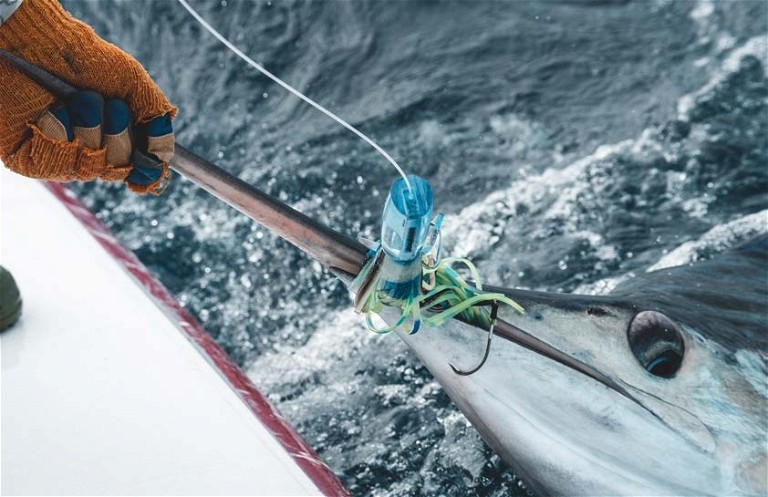
Having sharp hooks is perhaps the most important thing you can do to increase your hook-up rate.
Setting the drags on your reels is another important chore to get done before you hit the water. The general rule of thumb is that your ‘strike’ position on your reel should be one-third of the breaking strain of your top-shot (e.g., a 37kg topshot would have 12kg of drag at strike). For light gauge fishing I use a different set-up, however. I run 7kg of drag at the ‘strike’ position and will troll with the drag lever back from that so I have 5kg of drag on the reel when the fish bites. This gives me plenty of room above and below the ‘strike’ position to utilise the drag during the fight – another thing we will discuss in greater detail later on in this series. It is a good habit to get into to check your drags regularly throughout the season.
The final piece of pre-season gear preparation and maintenance is to check the rollers on the rods. You’ll want to make sure all your rollers are moving freely and smoothly. Better to find out they are seized now rather than when you have an angry marlin on the other end! I prefer to use a rod with silicon carbide guides and only a roller tip – this means I only have to check and maintain a single roller on each rod and there are less parts that can fail on me. The new Saltiga Game Rod from Daiwa is my go-to for gamefishing in NZ.
Next month we’ll look at boat set-up and lure selection.